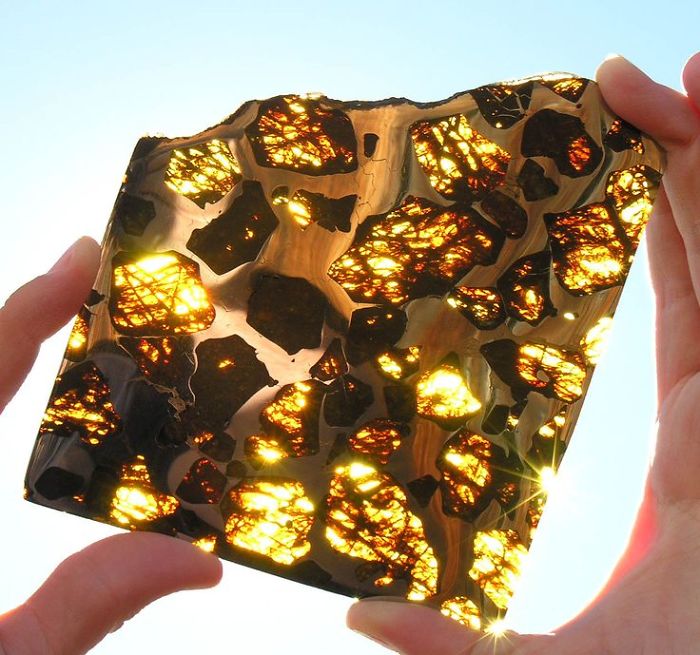When it comes to geology, the allure of discovering rocks that harbor beautiful crystals is undeniable. Whether you are a seasoned rockhound or a curious beginner, understanding how to identify these crystalline treasures can enhance your appreciation of the natural world. This article delves into the intricacies of identifying rocks with crystals inside, providing you with practical techniques and insights that align with current geological practices.
Understanding the Basics: What Are Crystals?
Before we dive into identification techniques, it’s essential to grasp what crystals are. Crystals are solid materials whose atoms are arranged in highly ordered, repeating patterns. This unique structure gives rise to various physical properties, including clarity, color, and hardness. Common types of crystals found within rocks include quartz, calcite, and feldspar, each exhibiting distinct characteristics that can aid in identification.
Step 1: Familiarize Yourself with Common Rock Types
To effectively identify rocks with crystals, you must first understand the primary rock types: igneous, sedimentary, and metamorphic.
- Igneous Rocks: Formed from cooled magma or lava, these rocks often contain crystals that formed as the molten material cooled. Common examples include granite (which contains quartz, feldspar, and mica) and basalt.
- Sedimentary Rocks: These rocks are formed from the accumulation of mineral and organic particles. While they typically contain fewer visible crystals, some sedimentary rocks like limestone can house crystal formations, particularly calcite.
- Metamorphic Rocks: Created under heat and pressure, metamorphic rocks can also contain crystals. For instance, schist and gneiss often display visible crystalline structures due to the recrystallization of minerals.
Step 2: Visual Inspection Techniques
Once you have a basic understanding of rock types, the next step is to conduct a visual inspection. Here are some techniques to help you identify rocks with crystals:
- Look for Transparency and Luster: Crystals often exhibit a glassy or shiny appearance. Inspect the rock for any transparent or translucent areas, which may indicate the presence of crystals.
- Examine the Color: Different minerals exhibit specific colors. For instance, quartz can be clear, purple (amethyst), or smoky, while calcite can appear white, yellow, or even pink. Familiarizing yourself with the color ranges of common crystals can aid in identification.
- Check for Cleavage and Fracture: Crystals break in characteristic ways. For example, mica splits into thin sheets, while quartz tends to fracture in a conchoidal manner. Observing these features can provide clues about the rock's composition.
- Use a Magnifying Glass: A hand lens can help you examine the rock's surface more closely. Look for tiny crystal formations that may not be visible to the naked eye.
Step 3: Conducting a Scratch Test
The hardness of a mineral can be a significant indicator of its identity. The Mohs scale of mineral hardness ranks minerals from 1 (talc) to 10 (diamond). You can perform a simple scratch test using common objects:
- Fingernail (2.5): Can scratch talc and gypsum.
- Copper Coin (3): Can scratch calcite.
- Glass (5.5): Can scratch fluorite and apatite.
By testing the hardness of the crystals you find, you can narrow down their identity based on the Mohs scale.
Step 4: Chemical Tests for Confirmation
For a more definitive identification, consider conducting simple chemical tests. For example, applying a few drops of hydrochloric acid to a rock suspected to contain calcite will produce fizzing if calcite is present. This reaction occurs because calcite reacts with acid to release carbon dioxide gas.
Step 5: Consult Resources and Experts
If you’re still uncertain about your findings, numerous resources are available to assist you. Field guides, online databases, and local geology clubs can provide valuable information. Additionally, consider reaching out to local universities or geological societies, where experts can offer insights and possibly help identify your specimens.
Conclusion: The Joy of Discovery
Identifying rocks with crystals inside is a rewarding endeavor that combines scientific knowledge with the thrill of exploration. By familiarizing yourself with rock types, employing visual inspection techniques, conducting scratch tests, and utilizing chemical tests, you can enhance your skills in rock identification. Remember, the journey of discovery is as valuable as the crystals you uncover. So grab your tools, head outdoors, and let nature reveal its hidden gems!


